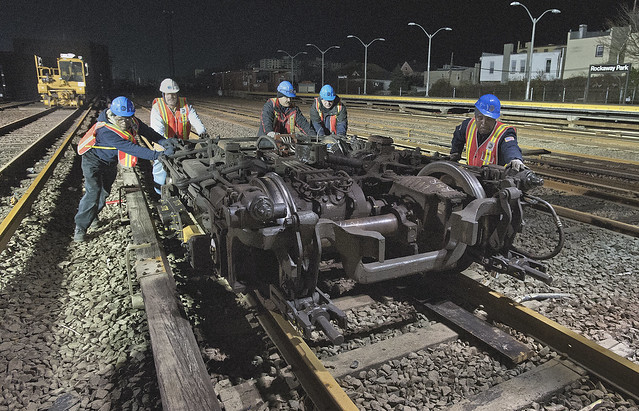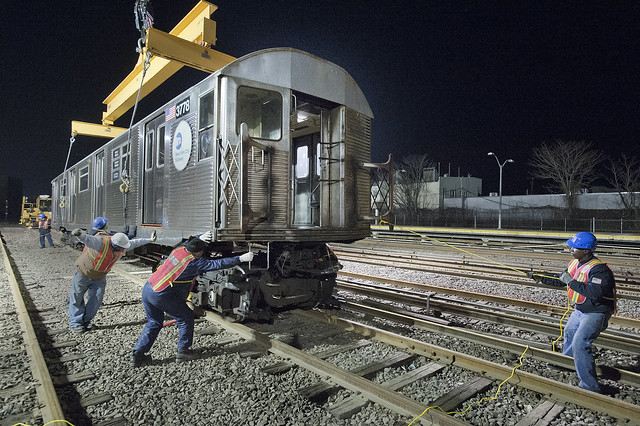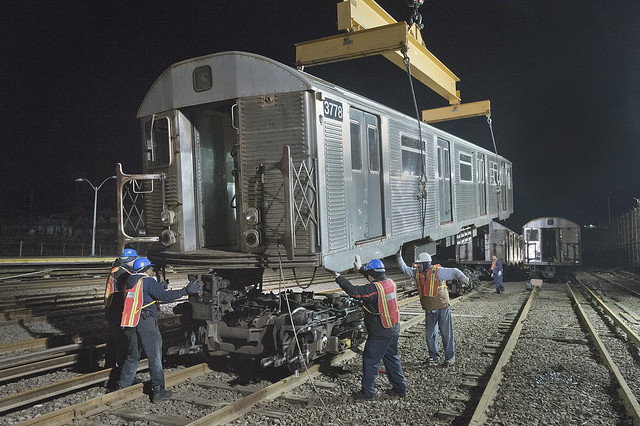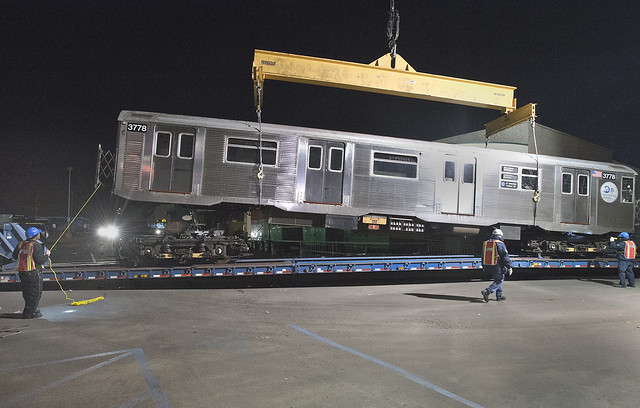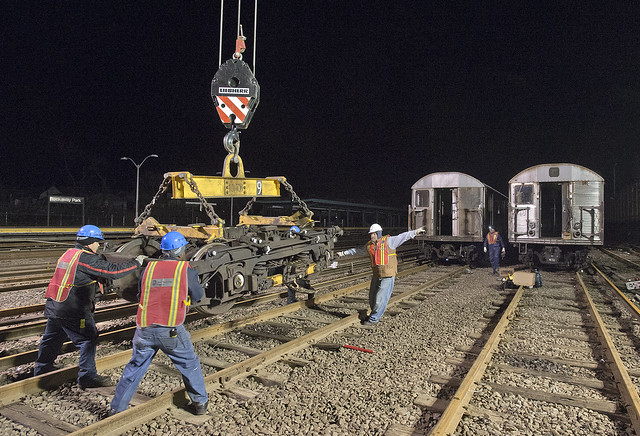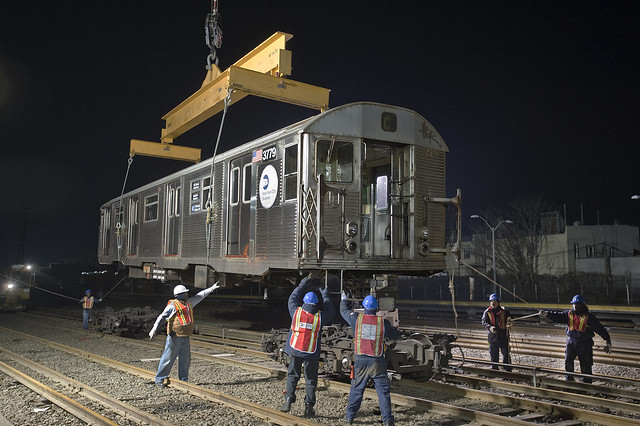I've read that the South Ferry Station is still flooded, with no R Service between Manhattan and Brooklyn, and no 1 Service South of Rector Street. I ask: How are they turning 1 and 5 trains that normally turn or switch ends at South Ferry?
railfan365 wrote:I've read that the South Ferry Station is still flooded, with no R Service between Manhattan and Brooklyn, and no 1 Service South of Rector Street. I ask: How are they turning 1 and 5 trains that normally turn or switch ends at South Ferry?I think South Ferry might be dry at this point and the tracks operational, but all the salt water damage or other infrastructure damage probably makes it uninhabitable for people.
So at Rector Street to turn (1) trains, they can:
- run trains empty to South Ferry, turn normally, proceed northbound and collect passengers at Rector Street, then continue normally
- There is a switch directly south of Rector Street from the downtown track to the uptown track, so trains could pull in, discharge, pull down the track a little ways, change ends, and proceed over the switch into the uptown Rector Street platform, and off on their way.
- use the South Ferry loop as usual, as it would not involve them stopping in the South Ferry complex.
- There is a set of crossovers just north of Bowling Green station, so they could just pull into one of the station tracks, discharge, load at the same place, and pull out using the switch to get to the right place. All this would involve is some sort of sign or announcement or human telling people what track to go to first.
- And here' the crazy one (we know the MTA has to have at least one crazy option). They could run trains empty through the Joralemon Street tunnels and turn them with the crossovers just west of Borough Hall.

